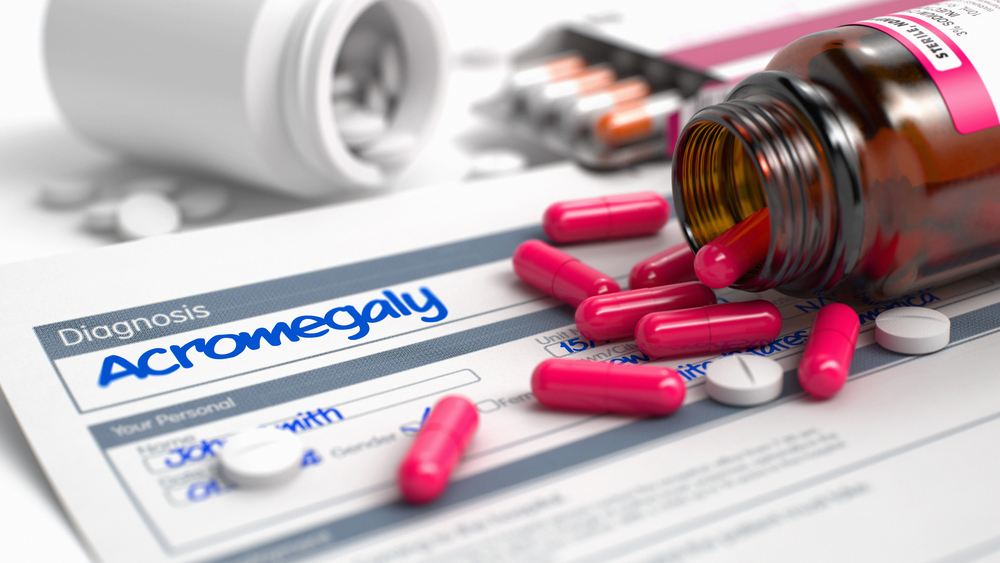To start the diagnostic process, the doctor will take a medical history and conduct a physical exam, and tests which include:
GH and IGF-I measurement. If levels are elevated on your GH and IGF-I, these suggest acromegaly.
Growth hormone suppression test. Blood levels of GH are measured before and after you drink a preparation of sugar (glucose) in this test because normally, glucose ingestion depresses levels of GH and your GH level will tend to stay high if you have acromegaly.
Imaging. To help pinpoint the location and size of a tumor of your pituitary gland, your doctor may recommend that you go through an imaging procedure, such as magnetic resonance imaging (MRI). Nonpituitary tumors may seek out if your radiologist sees no tumor on your pituitary gland.
Surgery. Using a method called transsphenoidal surgery, doctors take away pituitary tumors to release associated signs and symptoms and to normalize GH production.
Medications. To lower the production or block the action of GH the following drugs include:
Somatostatin analogues. The drugs octreotide (Sandostatin) and lanreotide (Somatuline Depot) can interfere with the extreme secretion of GH by the pituitary gland, and as a result, can produce quick declines in GH levels.
Growth hormone antagonist. This treatment can normalize IGF-I levels and get rid of symptoms in the vast majority with acromegaly, however, this doesn’t lower GH levels or reduce the tumor size.
Dopamine agonists. The drugs namely cabergoline and bromocriptine (Parlodel) are used as pills and can lower levels of GH and IGF-I in some people. In some individuals, this medications can reduce the tumor size however, for some, while taking these medications, they may develop obsessive behaviors, such as gambling.


